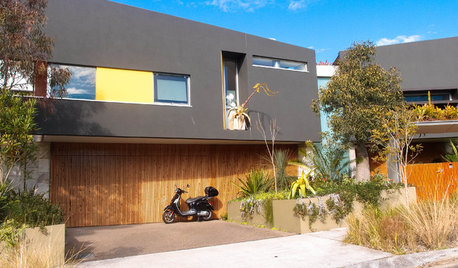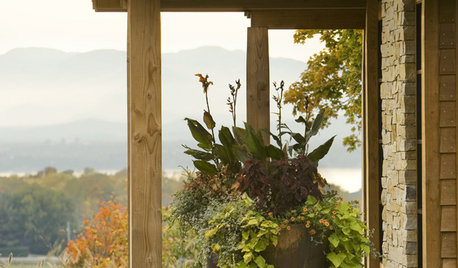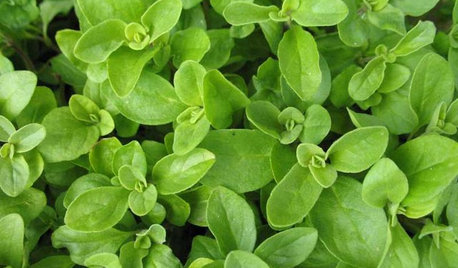house plant growing uneven
crabapplemcn
11 years ago
Featured Answer
Sort by:Oldest
Comments (10)
Dzitmoidonc
11 years agolast modified: 9 years agoRelated Professionals
Clark Landscape Architects & Landscape Designers · Havre de Grace Landscape Architects & Landscape Designers · Simi Valley Landscape Architects & Landscape Designers · Vernon Hills Landscape Architects & Landscape Designers · Broadlands Landscape Contractors · Columbine Landscape Contractors · Deerfield Beach Landscape Contractors · Dixon Landscape Contractors · Florham Park Landscape Contractors · Golden Landscape Contractors · Homewood Landscape Contractors · Oxnard Landscape Contractors · Pompton Lakes Landscape Contractors · West Chester Landscape Contractors · Goldenrod Landscape ContractorsTiffany, purpleinopp Z8b Opp, AL
11 years agoHorticultural Help
11 years agolast modified: 9 years agotapla (mid-Michigan, USDA z5b-6a)
11 years agolast modified: 9 years agoTiffany, purpleinopp Z8b Opp, AL
11 years agoHorticultural Help
11 years agolast modified: 9 years agotapla (mid-Michigan, USDA z5b-6a)
11 years agolast modified: 9 years agoaseedisapromise
11 years agolast modified: 9 years agostewartsjon
11 years agolast modified: 9 years ago
Related Stories

GARDENING GUIDESGreat Design Plant: Grow Blueberries for Their Fruit and More
Eastern gardeners should consider growing blueberry plants for their delicious fruits, bee-friendly spring blooms and brilliant fall foliage
Full Story
HOUSEPLANTS10 Top Plants to Grow Indoors
Brighten a room and clean the air with a houseplant that cascades artfully, stretches toward the ceiling or looks great on a wall
Full Story
GARDENING GUIDESGrow Your Own Privacy: How to Screen With Plants and Trees
Use living walls to lower your home and garden's exposure while boosting natural beauty in your landscape
Full Story
GARDENING GUIDES7 New Plants to Grow for Beautiful Foliage
Add color, structure and interest to your garden with these recently introduced plants that sport exceptional foliage
Full Story
GARDENING GUIDES8 Plants That Snobs Love to Hate — and You'll Love to Grow
Don't dismiss these common annuals, perennials and shrubs — there are reasons they've been popular for so long
Full Story
GARDENING GUIDESYes, You Can Grow an Edible Garden on a Hot, Dry Site
Difficult garden spots don’t need to deter you from planting trees, herbs and other delicious food plants
Full Story
HOUZZ TOURSMy Houzz: A Modern Sydney Home That Grows on You
A profusion of plants (including in the tub) distinguishes an otherwise minimalist home for a horticulturalist's family
Full Story
GARDENING GUIDESGrow a Beautiful Fall Garden in a Pot
Welcome autumn with 7 gorgeous plants that thrive in containers and enliven your porch or patio throughout the cooler season
Full Story
EDIBLE GARDENSSummer Crops: How to Grow Tomatoes
Plant tomato seedlings in spring for one of the best tastes of summer, fresh from your backyard
Full Story
EDIBLE GARDENSHerb Garden Essentials: Grow Your Own Oregano and Marjoram
Say 'buon giorno' to classic Italian herbs you can grow just as easily in pots as in the summer garden
Full Story








tapla (mid-Michigan, USDA z5b-6a)